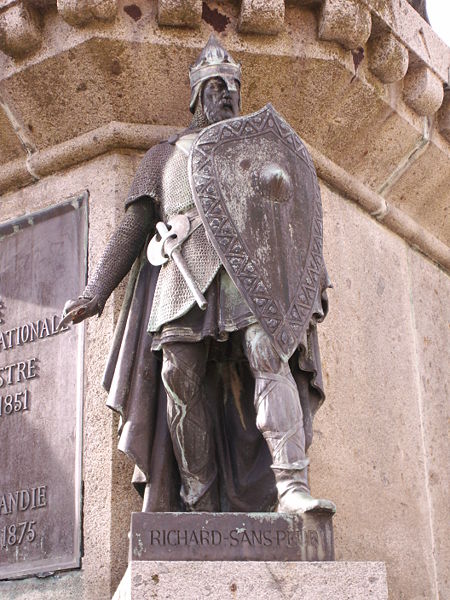About us

This project is designed to link all surnames associated with one another that have a common male ancestor to various Dynasties such as Ylingling, Munso, Merovingian, Carolingian, Capetian, Robertian, etc. All are of Salic/Frankish origin. The tombs at Ergolding are proof of this and the Y-dna results retrived and matched our participants but not all, our closest match was to a Sinclair and a few other surnames from the project. They have tested U106, L48, Z8, Z1+. Any others need not aply for this project.
"The Salian Franks or Salii were a subgroup of the early Franks who originally had been living north of the limes in the coastal area above the Rhine in the northern Netherlands, where today there still is a region called Salland. The Merovingian kings responsible for the conquest of Gaul were Salians. From the 3rd century on, the Salian Franks appear in the historical records as warlike Germanic people and pirates, and as Laeti (allies of the Romans). They were the first Germanic tribe from beyond the limes who settled permanently on Roman land. In 358, they came to some form of agreement with the Romans that allowed them to settle in Toxandria (roughly the area of the current Dutch and Belgian provinces of Noord-Brabant, Antwerpen and Vlaams-Brabant)."
The earliest DNA we have to compare to is from Ergolding ( 670 AD ), and links us to the Merovingian Dynasty through the work of Dr.Vanek and Koch.
"The Salian Franks' (Sicambri) original proximity to the sea is attested in the first historical records. In about 286 Carausius was put in charge of defending the coasts of the Straits of Dover against Saxon and Frankish pirates.[6] This changed when the Saxons drove them south into Roman territory. Their history is attested by Ammianus Marcellinus and Zosimus, who described their migrations toward the southern Netherlands and Belgium. They first crossed the Rhine during the Roman upheavals and subsequent Germanic breakthrough in 260 AD.
When peace had returned, Roman Emperor Constantius I Chlorus allowed the Salians to settle in 297 AD amongst the Batavians, where they soon came to dominate the Batavian island in the Rhine delta. It is not known whether this people were obliged to serve the Roman army as had the Batavians before them, or if they were assigned another territory close to the Black Sea. The backgrounds of the seafaring Franks whose story was written down during the reign of emperor Probus (276-282), are not clear. The story tells of a large group who decided to hijack some Roman ships and return with them from Eastern Europe – reaching their homes in the Rhine estuaries without large losses through Greece, Sicily and Gibraltar, although not without causing mayhem.[7] Franks ceased to be associated with seafaring when other Germanic tribes, probably Saxons, drove them to the south. The Salians received protection from the Romans and in return were recruited by Constantius Gallus – together with the other inhabitants of the Batavian isle. This did not prevent the onslaught of the Germanic tribes to the north, especially by the Chamavi. The subsequent "insolent" settlement of the Salians within Roman territory in Toxandria (between the Meuse and the Scheldt rivers in the Netherlands and Belgium) was rejected by the future Roman Emperor Julian the Apostate, who attacked them. The Salians surrendered to him in 358 AD and accepted Roman terms.[8]
One particular Salian family comes to light of Frankish history in the early fifth century, in time to become the Merovingians – Salian kings named after Childeric's mythical father Merovech, whose birth was attributed with supernatural elements.
From the 420s onwards, headed by a certain Chlodio, they expanded their territory to the Somme into northern France. They formed a kingdom in that area with the Belgian city of Tournai becoming the center of their domain. This kingdom was extended further by Childeric and especially Clovis, who gained control over Roman Gaul, i.e. France, whose current name was derived from the Franks.
In 451, Flavius Aëtius, de facto ruler of the Western Roman Empire, called upon his Germanic allies on Roman soil to help fight off an invasion by Attila's Huns. The Salian Franks answered the call and fought in the battle of the Catalaunian Fields in a temporary alliance with Romans and Visigoths, which de facto ended the Hunnic threat to Western Europe.
Clovis, king of the Salian Franks, became the absolute ruler of a Germanic kingdom of mixed Roman-Germanic population in 486. He consolidated his rule with victories over the Gallo-Romans and all the other Frankish tribes and established his capital in Paris. After he had beaten the Visigoths and the Alemanni, his sons drove the Visigoths to Spain and subdued the Burgundians, Alemanni and Thuringians. After 250 years of this dynasty, however, marked by internecine struggles, a gradual decline occurred. The position in society of the Merovingians was taken over by Carolingians, who came from a northern area around the river Maas in what is now Belgium and southern Netherlands".
http://www.wix.com/pommesbleu/ulvungar-dynasty-dna-project--sinclair-study
